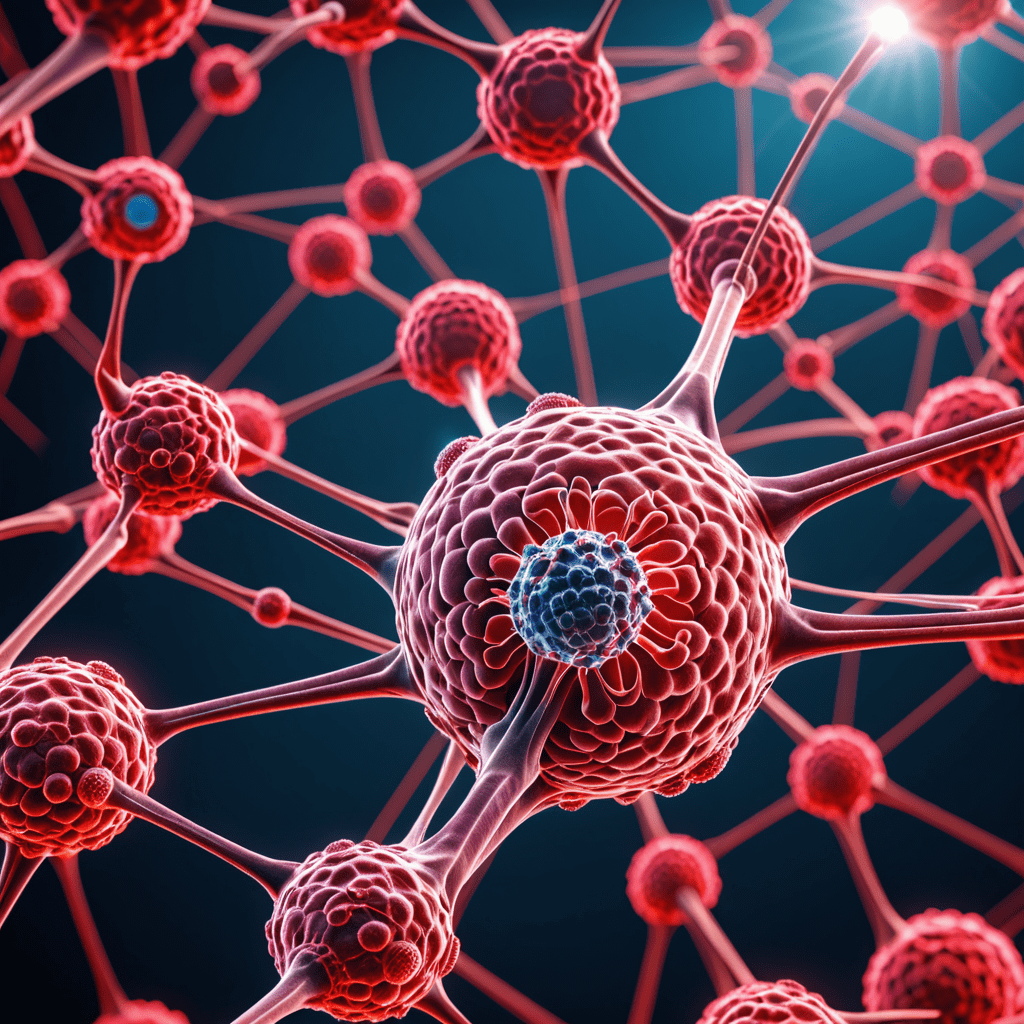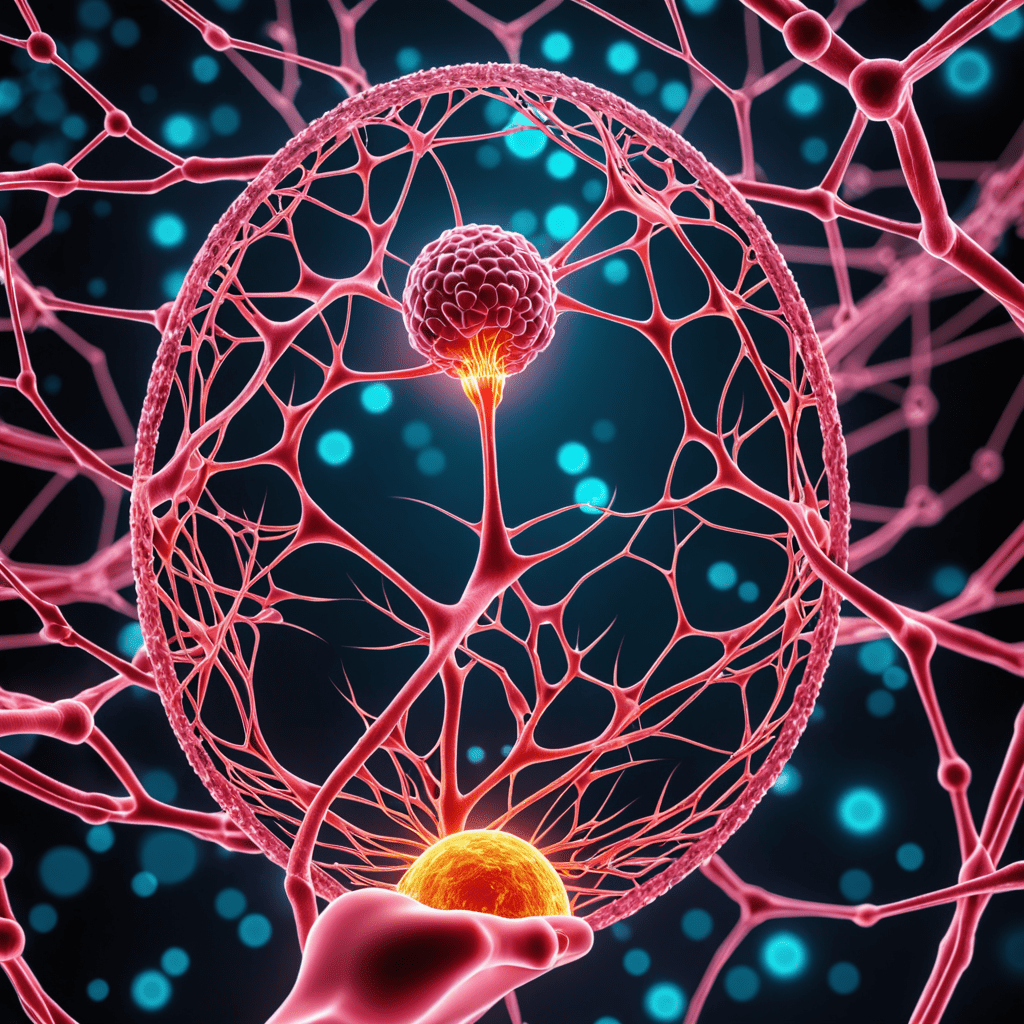
Nanotechnology in Water Remediation: Purifying Water with Nanotech
In recent years, nanotechnology has emerged as a powerful tool in the field of water remediation. Leveraging the unique properties of nanomaterials, researchers and engineers are exploring innovative ways to purify water efficiently and cost-effectively. Let’s delve into how nanotech is revolutionizing water treatment processes.
The Role of Nanotechnology in Water Purification
Nanotechnology involves the manipulation of materials at the nanoscale, typically between 1 and 100 nanometers. In water remediation, nanoparticles are used to target and eliminate contaminants with unparalleled precision. These nanomaterials have a high surface area-to-volume ratio, making them highly effective at adsorbing pollutants and purifying water.
Nanomaterials Used in Water Treatment
A variety of nanomaterials, such as carbon nanotubes, graphene oxide, and metal nanoparticles, are employed in water purification technologies. Each type of nanomaterial offers distinct advantages, whether it’s enhanced adsorption capabilities, catalytic properties, or antibacterial effects. By carefully selecting the appropriate nanomaterials, researchers can design tailored solutions for specific water treatment challenges.
Applications of Nanotechnology in Water Remediation
Nanotechnology is utilized in various water treatment applications, including wastewater treatment, desalination, and contaminant removal. Nanomaterial-based filters, membranes, and catalytic systems are being developed to address diverse water quality issues. These innovative solutions promise improved efficiency and sustainability in water remediation processes.
Benefits of Nanotech in Water Purification
The application of nanotechnology in water remediation offers several key benefits. Nanomaterials can remove a wide range of contaminants, including heavy metals, organic pollutants, and microorganisms, more effectively than traditional methods. Additionally, nanotech processes are often faster, more energy-efficient, and require smaller infrastructure, leading to cost savings and environmental benefits.
Challenges and Future Directions
While nanotechnology holds great promise for water purification, there are also challenges to overcome, such as the potential toxicity of certain nanomaterials and the scalability of nanotech processes. Continued research is essential to address these concerns and further optimize nanotechnology for widespread implementation in water treatment systems.
Conclusion
As the demand for clean water continues to rise globally, the integration of nanotechnology in water remediation is becoming increasingly important. By harnessing the unique capabilities of nanomaterials, scientists and engineers are paving the way for more efficient, sustainable, and accessible water purification technologies. The future of water treatment lies in the innovative applications of nanotech.
FAQs about Nanotechnology in Water Remediation
What is nanotechnology in water remediation?
Nanotechnology refers to the manipulation of materials on a very small scale, typically at the nanometer level. In water remediation, nanotech involves using nano-sized materials to filter, purify, or treat water contaminants effectively.
How does nanotechnology help purify water?
Nanotechnology offers innovative solutions for water purification by utilizing nano-sized materials like nanoparticles or nanotubes. These materials have high surface area-to-volume ratios, enhancing their ability to adsorb pollutants, heavy metals, or bacteria in water, thus improving water quality.
What are the benefits of using nanotechnology in water treatment?
Some benefits of nanotechnology in water treatment include enhanced efficiency in removing contaminants, cost-effectiveness due to lower chemical and energy requirements, the ability to target specific pollutants, and the potential for sustainable water remediation solutions.
Is nanotechnology safe for water purification?
When properly engineered and controlled, nanotechnology for water purification is considered safe. However, further research is essential to understand the long-term impacts of nanomaterials on human health and the environment to ensure the safe application of nanotech in water treatment processes.

